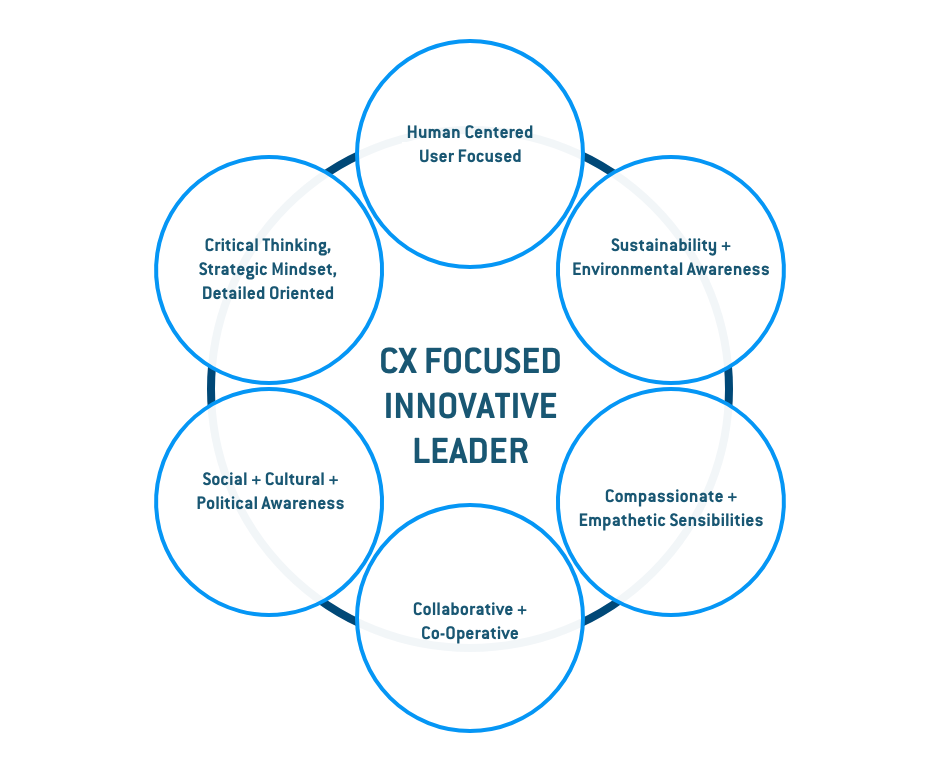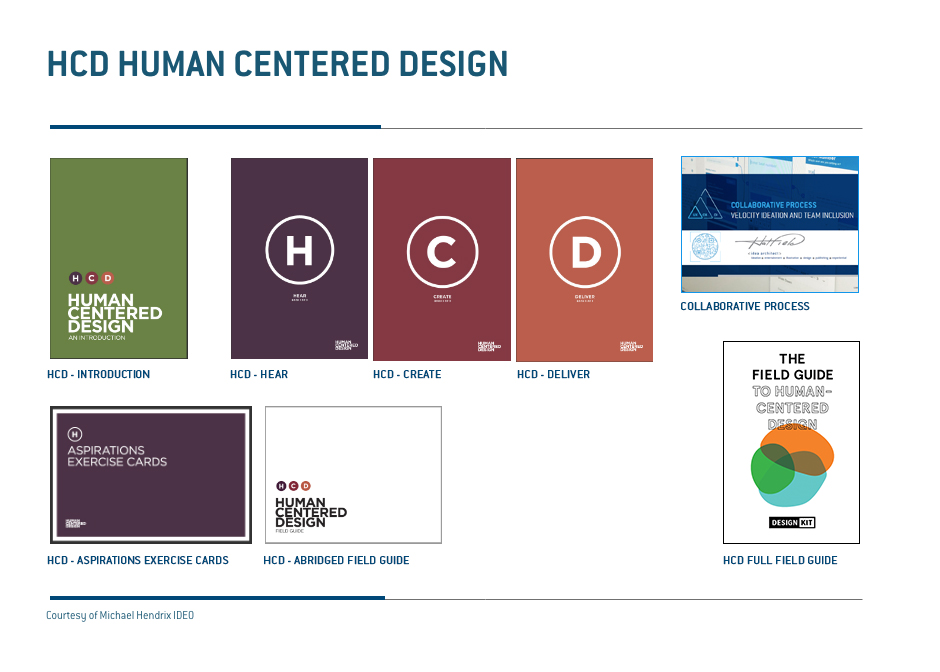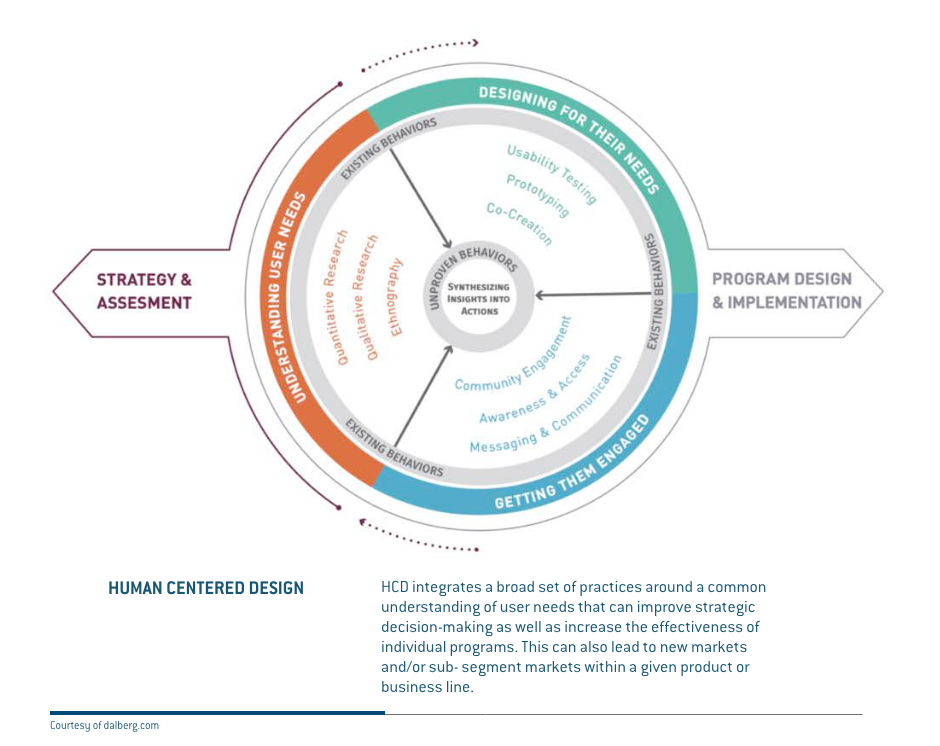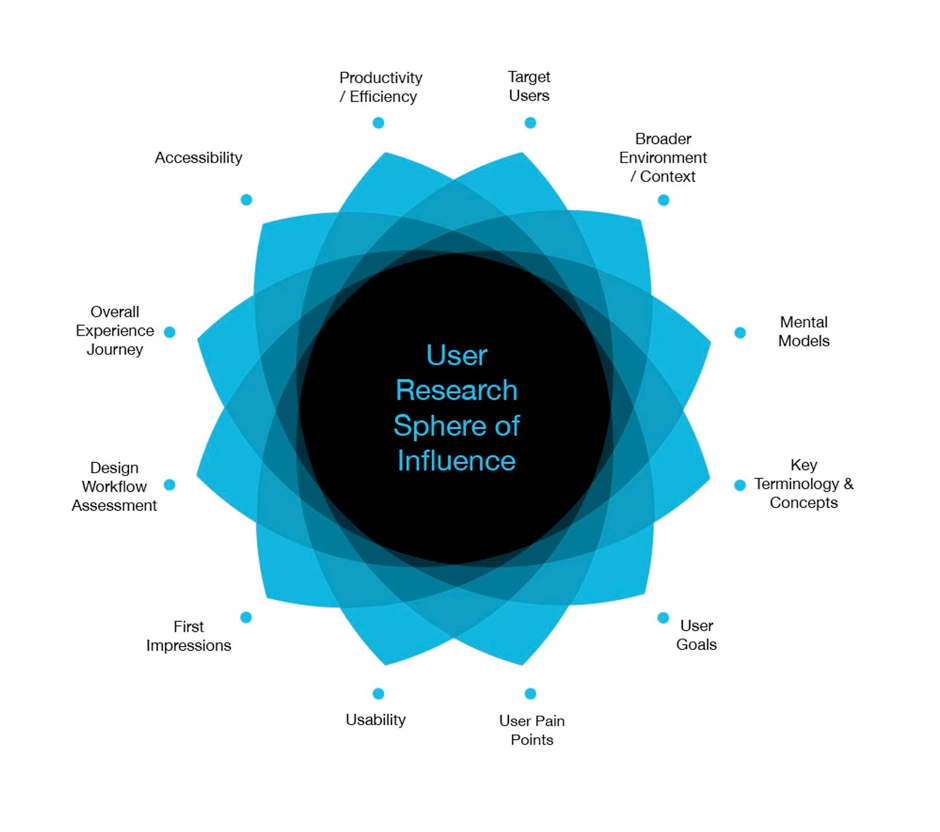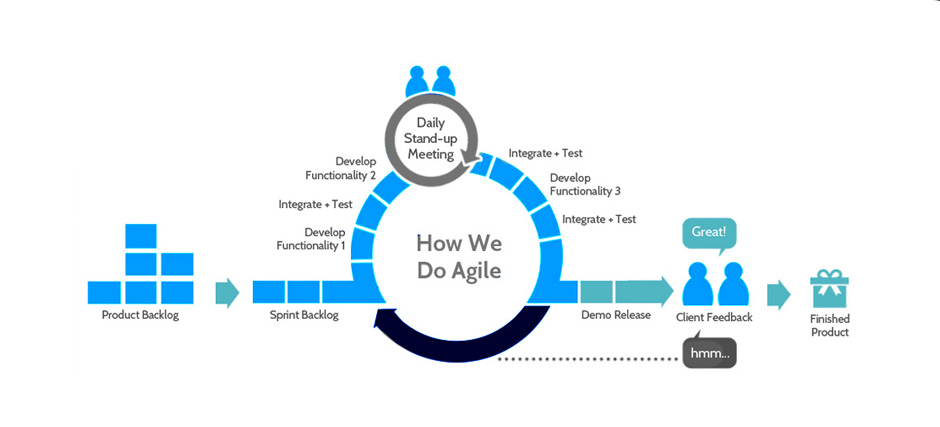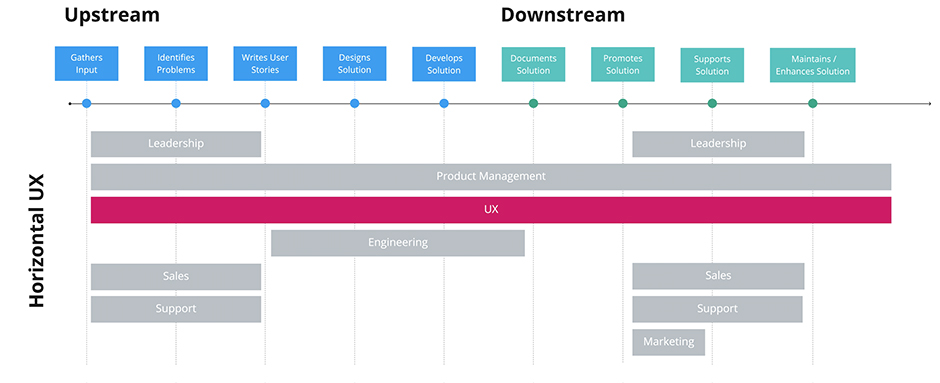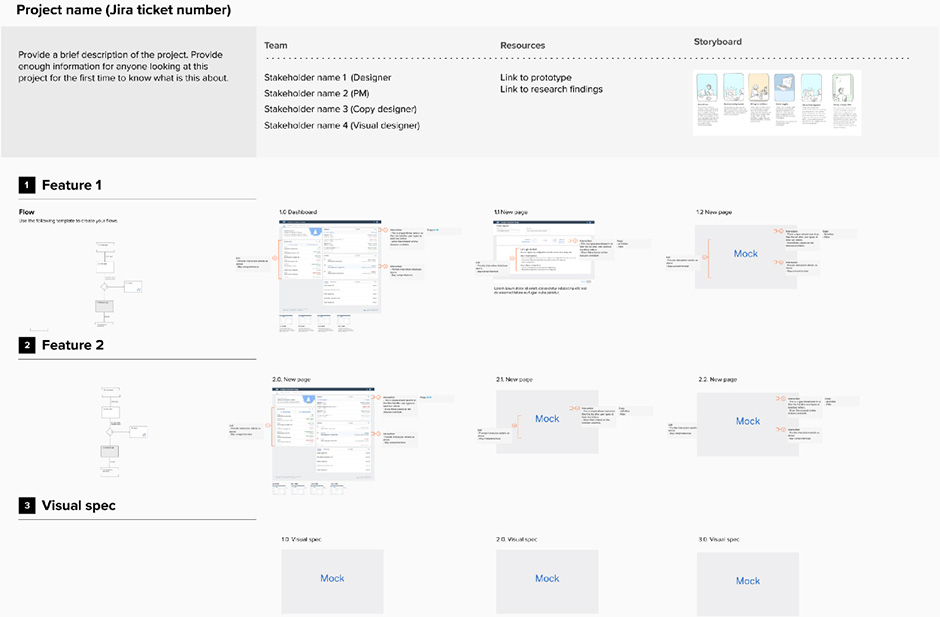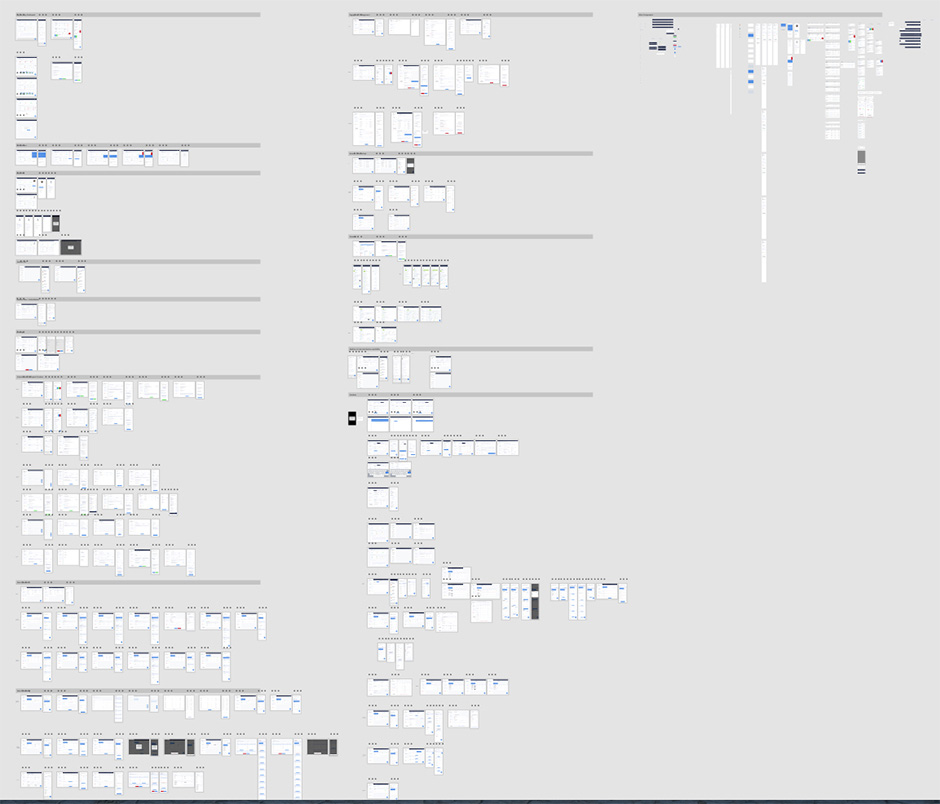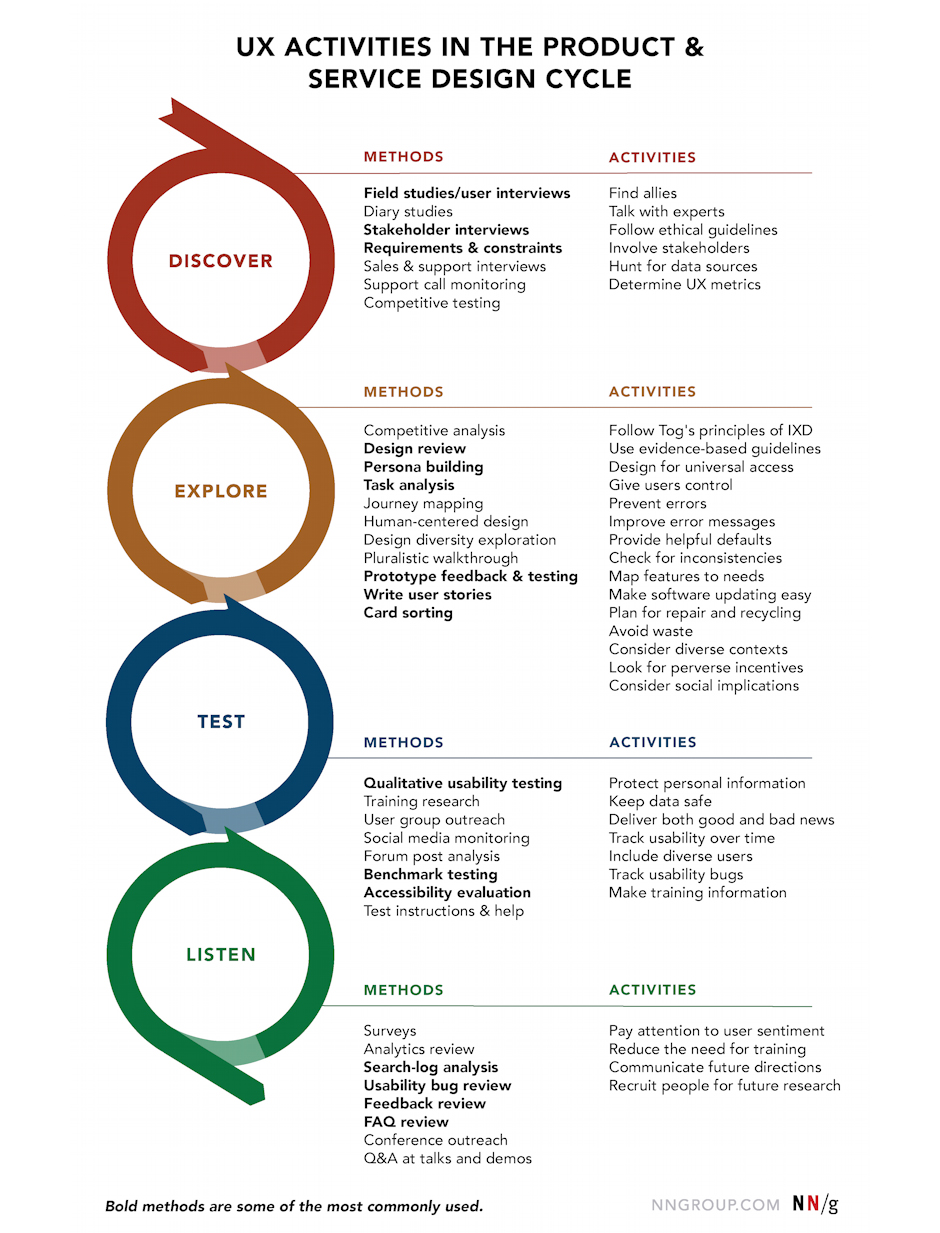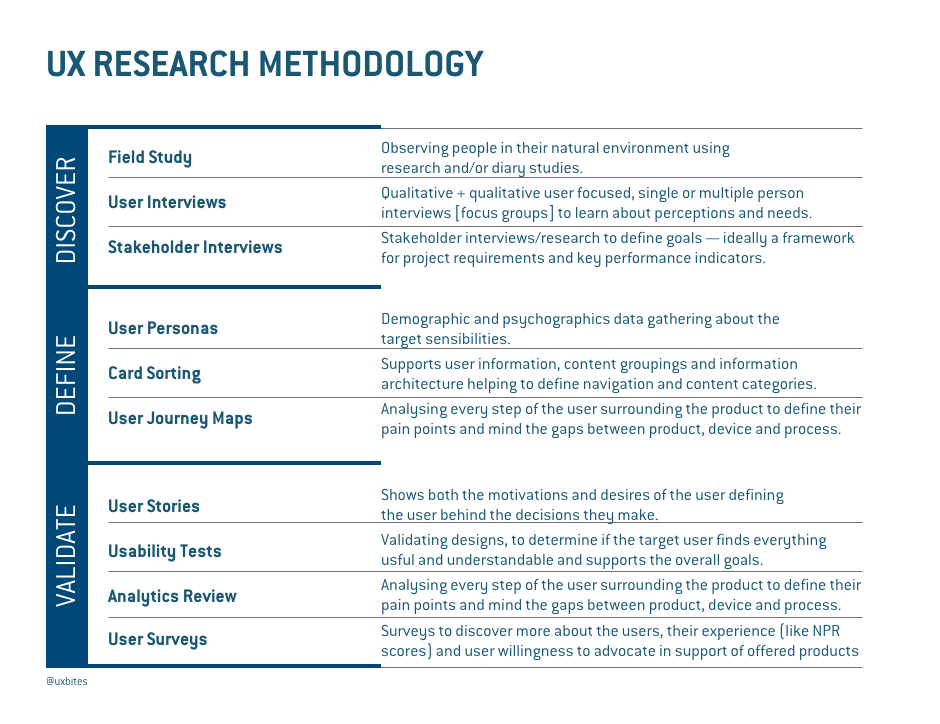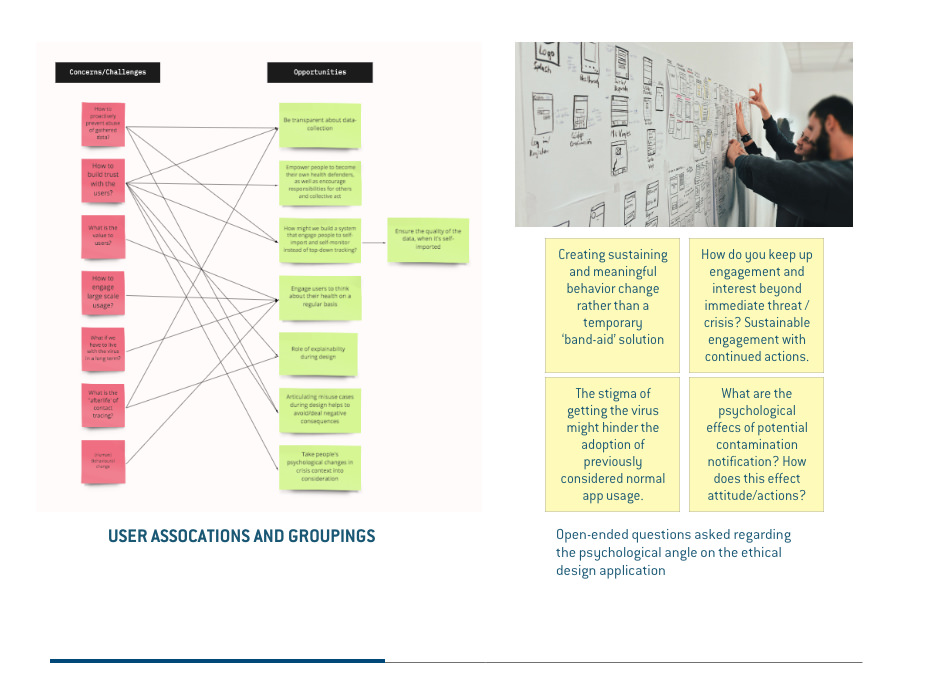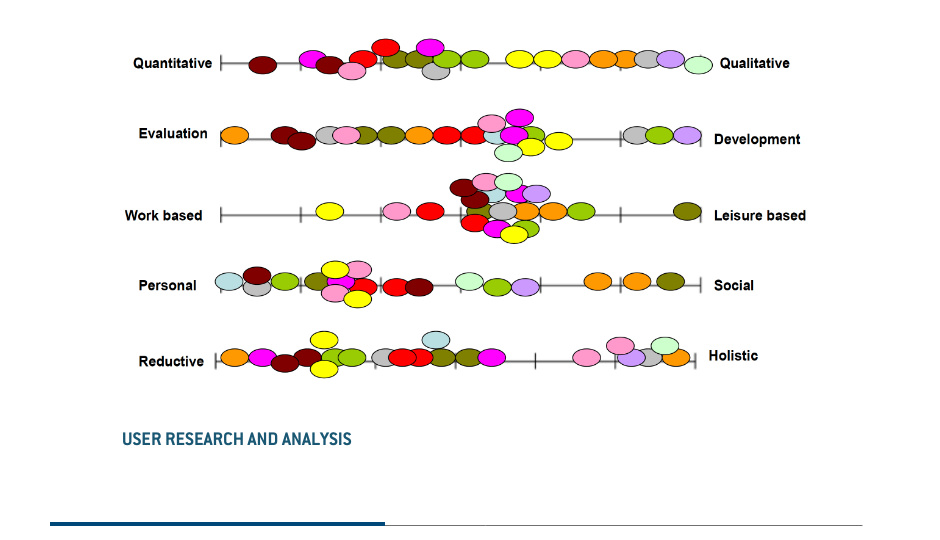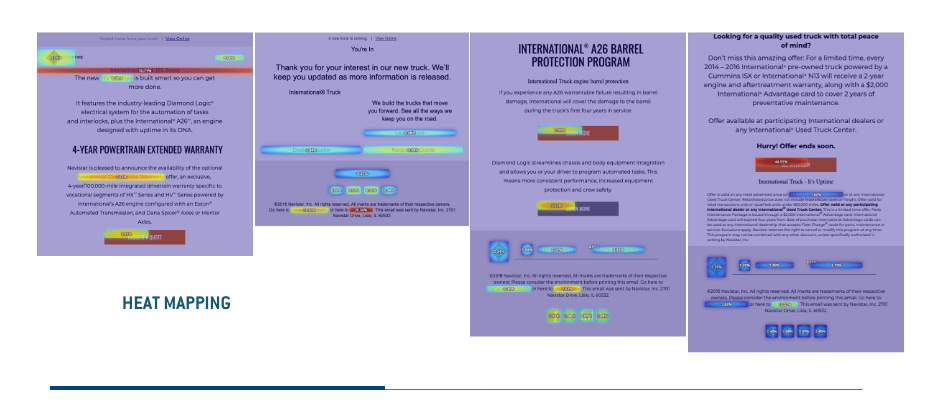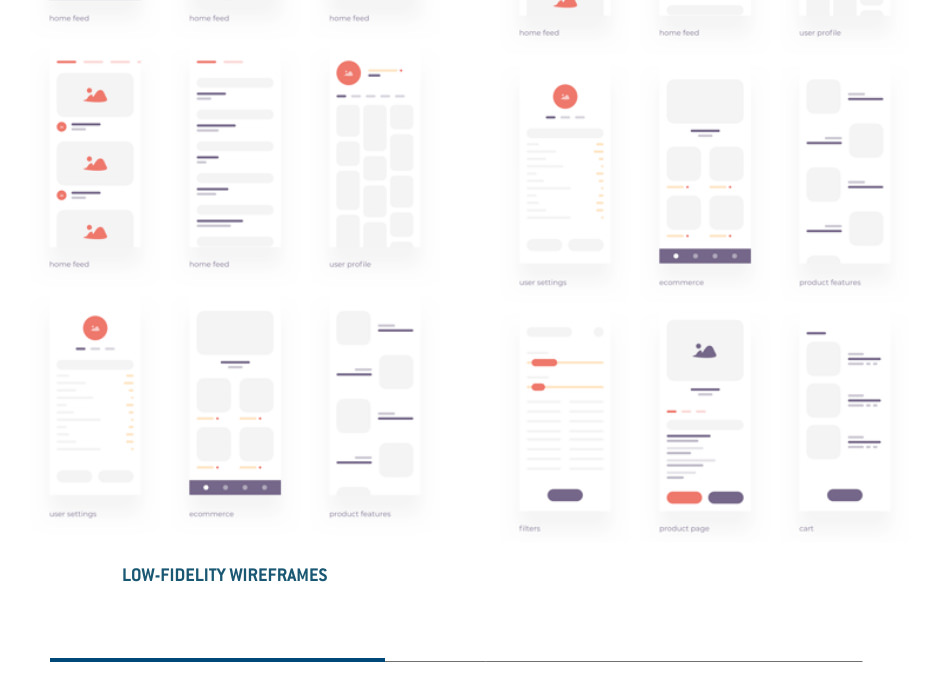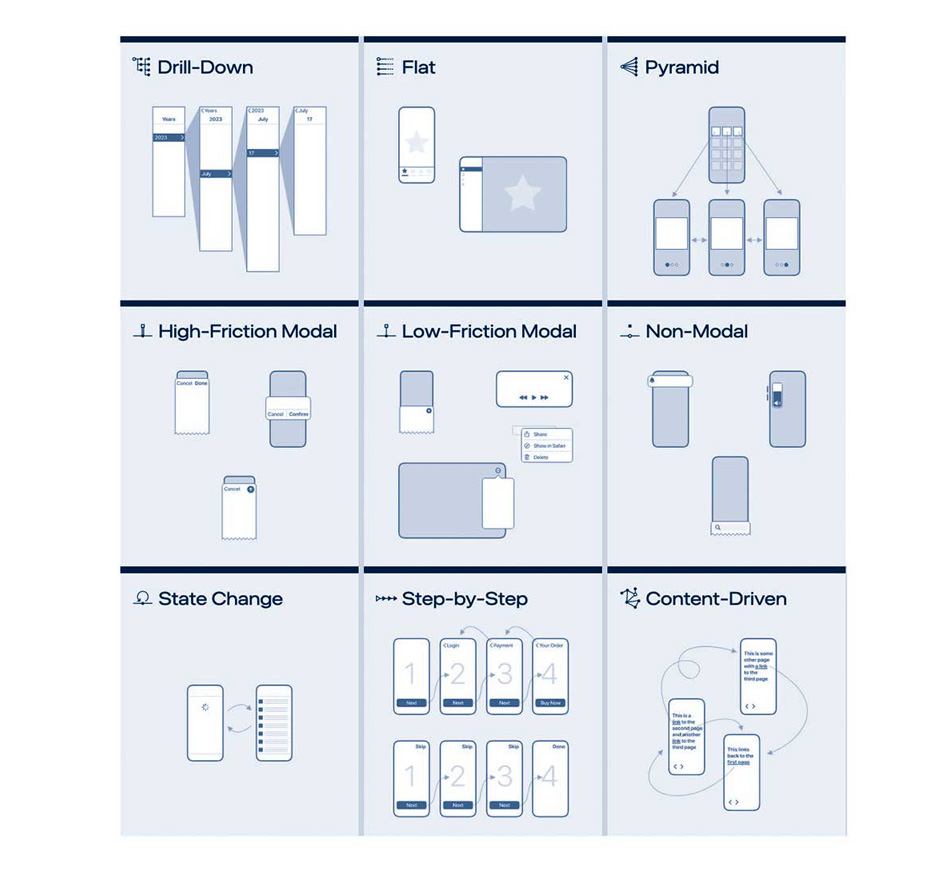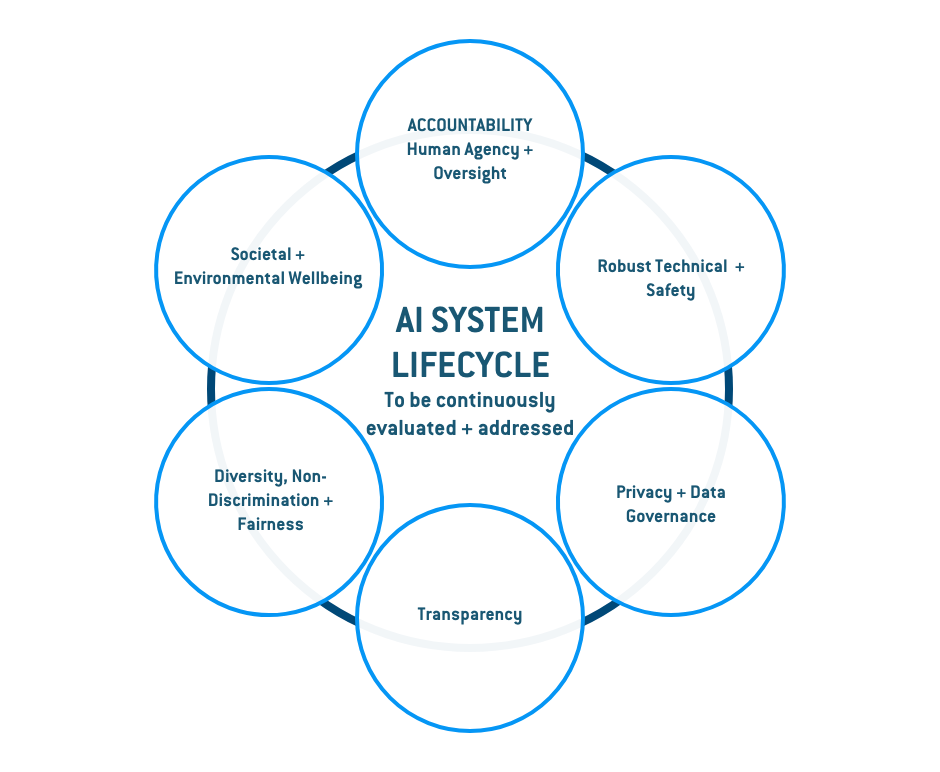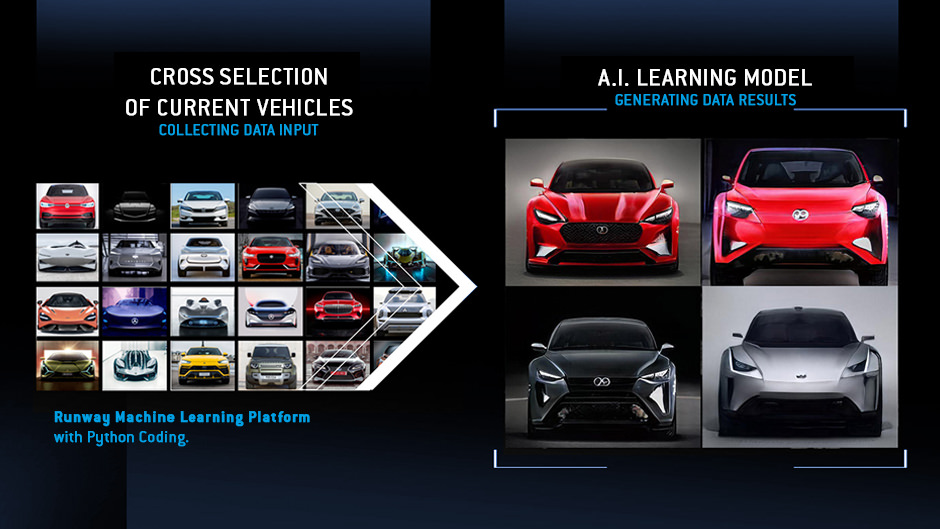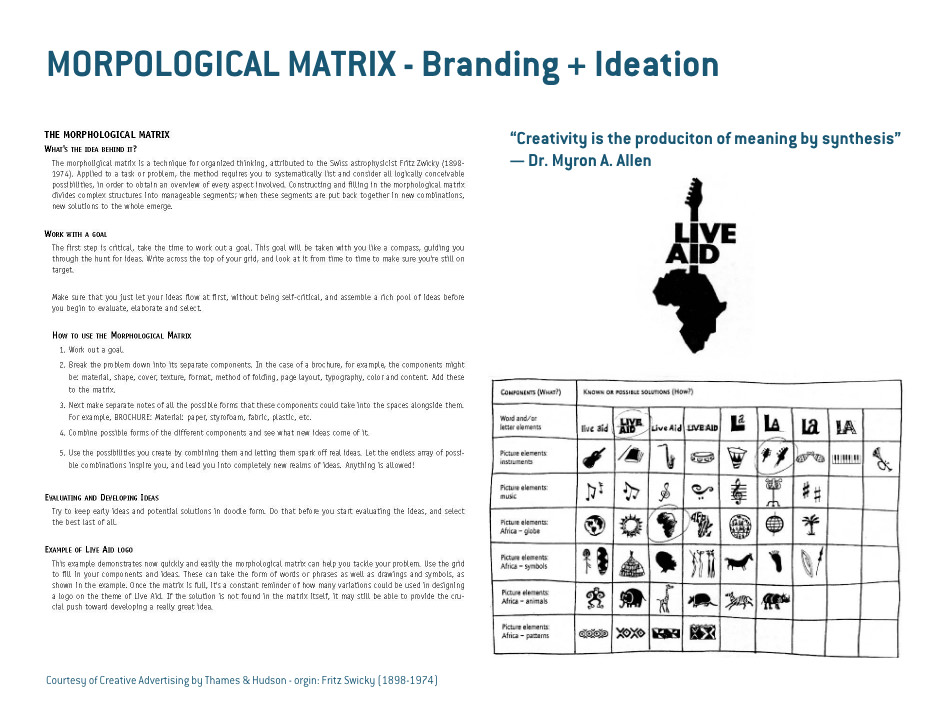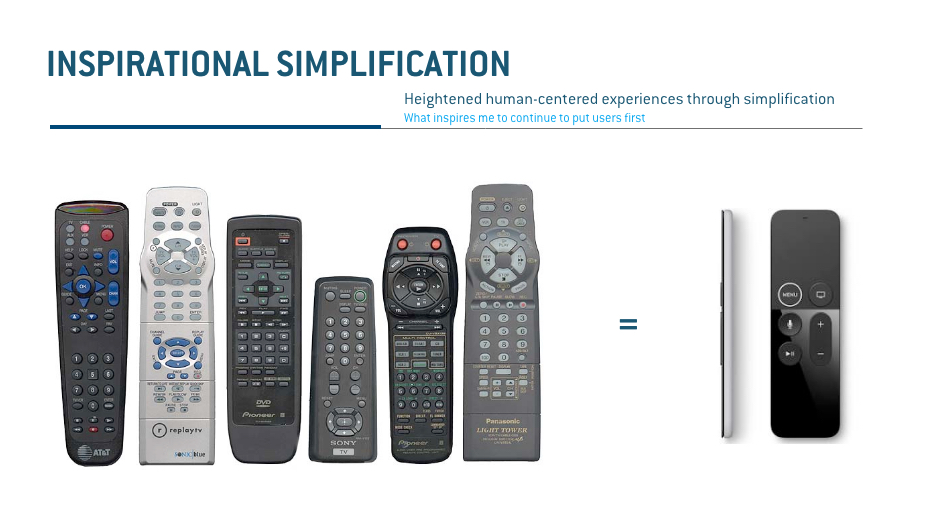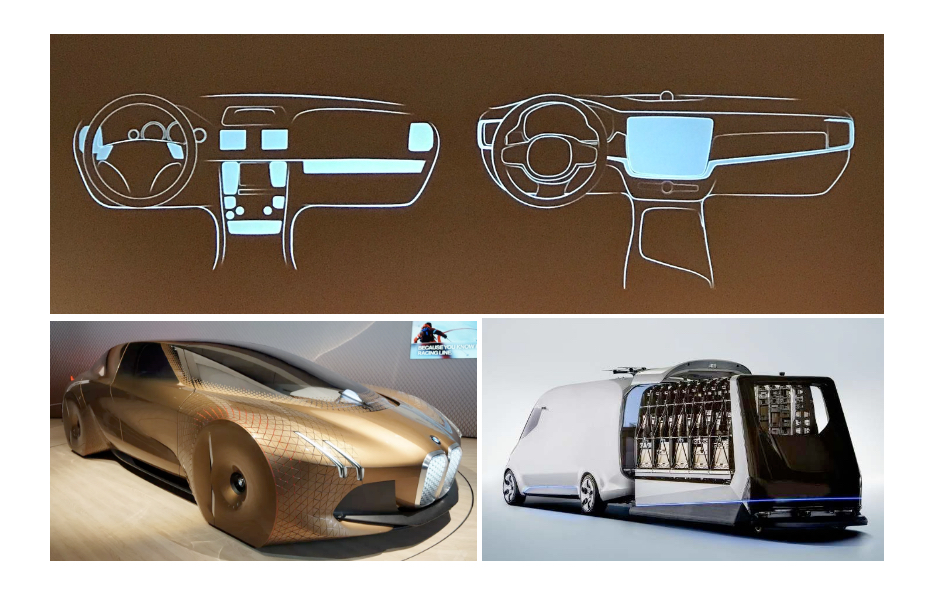Process | Ideation
Type: Methodology
Client: All
Role: Lead Process Innovation
Process: Collab-Framework.pdf
Human-Centered Design:
INTRO.pdf
HEAR.pdf
CREATE.pdf
DELIVER.pdf
HCD Field Research:
FIELD_GUIDE_HCD.pdf
ASPIRATIONS_CARDS.pdf
FIELD_GUIDE.pdf
Ways-of-working
As a seasoned design professional, I utilize a varity of ideation processes depending on what needs to be solved. I also adapt my processes to groups, individuals and students as needed for the most effective outcome. From Fritz Zwicky's Morphological Matrix (which I have also adapted to ideate unique product names and service designations) to digial methodology such as usability studies or journey mapping, I keep the tools flexable and ready. The toolbox is full of processes that produce results. Quickly.
Having spent over a decade within agile environments, I work to iterate, design, deploy, test and integrate within enviornments that require decicive action supporting human centered practices and ideology. My natural empathy allows me to standardize processes and quickly adapt to change or usability improvements.
Continually putting users at the center of the process, I have managed, advocated and facilitated user-centric methodologies supporting project outcomes and strategic goals.
As an instructor, I simplify these methodologies and work to adapt learning methods and materials around HCD and user cenric targeting.

1. The Kick-off
Present and discuss the user/customer needs and the business/strategic value. Debth and breath of the kick-off is dependant on the unique needs can vary from project inception to strategic or digital growth focused needs. Primarily utilized at project inception during standard meeting cadances, but can happen ad hoc as needed. A feature or opportunity canvas provides the team with strong indicators on what research is needed, user interactions, goals, system architecture and begin to frame what success looks like.
Who's there:
Design, Content, Research, A11y, Product Manager (PM), Architecture/Tech Lead, Subject Matter Expert (SME), Taxonomy/SEO
2. Map + Sketch
With high-level requirements analyzed from Step 1: The Kick-off, Discovery is the next step in the process. Individual or within small groups). Primary focus and Activities include:
- Strategy: Market, experiential, heuristic analysis
- Knowns: User Research Reports of Prior Experiences, Analytics (if available)
- Workflow: Journey Mapping, Sketching, Page and User Flows
- Service Blueprint Creation
Who's there:
UX Design, Content, Research, A11y, Architecture/Tech Lead*, PM*, SME*, Architecture/Tech Lead* (* as needed)
3. Wireframing
The process may start with high level page flows that evolve into low-fidelity wireframes representing the details of the entire flow including: eerror scenarios, transitions, empty states, content, CTA's, etc. Critical to this process is collaboration between design and front-end development so that service and UI/Design system components can be identified.
- Strategy: Market, experiential, heuristic analysis
- Knowns: User Research Reports of Prior Experiences, Analytics (if available)
- Workflow: Journey Mapping, Sketching, Page and User Flows
- Service Blueprint Creation
Who's there:
UX Design, Content, Research, A11y, PM/SME's*, Front-end Dev* (* as needed)
4. UX: Present. Test. Refine.
Present wireframes along with any prepared design and A11y documentation. Architecture/Dev use this phase to respond to the design, ask questions, poke holes, etc. Stakeholders are tagged as Reviewers (Content, Design Lead, A11y, Dev). Test user research sessions are executed and designs are Refined based on user feedback and assessed needs. Development is able to begin early services/API work during this phase.
Who's there:
Design, Content, Research, A11y, Product Manager, Architecture/Tech Lead, SME's, Taxonomy/SEO
5. UI: Prepare + Dev Hand-off
Upon approval of the wireframes, high-fidelity UI visual comps are created, content is refined (as needed) and A11y executed the final review of the designs (interactions, read-paths, aria-lables, color/contrast, etc.). Designs are prepped and turned over to Development team (inclusive hand-off session). Design is available to the Development Team beyond hand-off providing answers to questions, micro-interactions, clarity of design documentation, code/development review: includes Content/Ally as well).
Who's there:
Design, Content, A11y, Architecture/Dev, PM, SEO
6. Track + Refine
Digital experiences fall into Continued Improvement and Refinement; Establishing success metrics during the discovery phase allows the team to track analytics for future hypothesis, experimentation, and iterative future solutions achieving the desired results and business impact. Innovation derives from Experimentation.
Refinement and Continued Improvement:Teams will have everything they need to establish backlogs that contain a prioritized mix of new experiences as well as refinement or growth initiatives. Continually exploring outside the primary team is a great way to leverage best practice solutions across a broader product ecosystem, ensure continued evolution and perpetuate quality refinement.
Who's there:
Design, Content, Research, Architecture/Dev, PM, SEO
